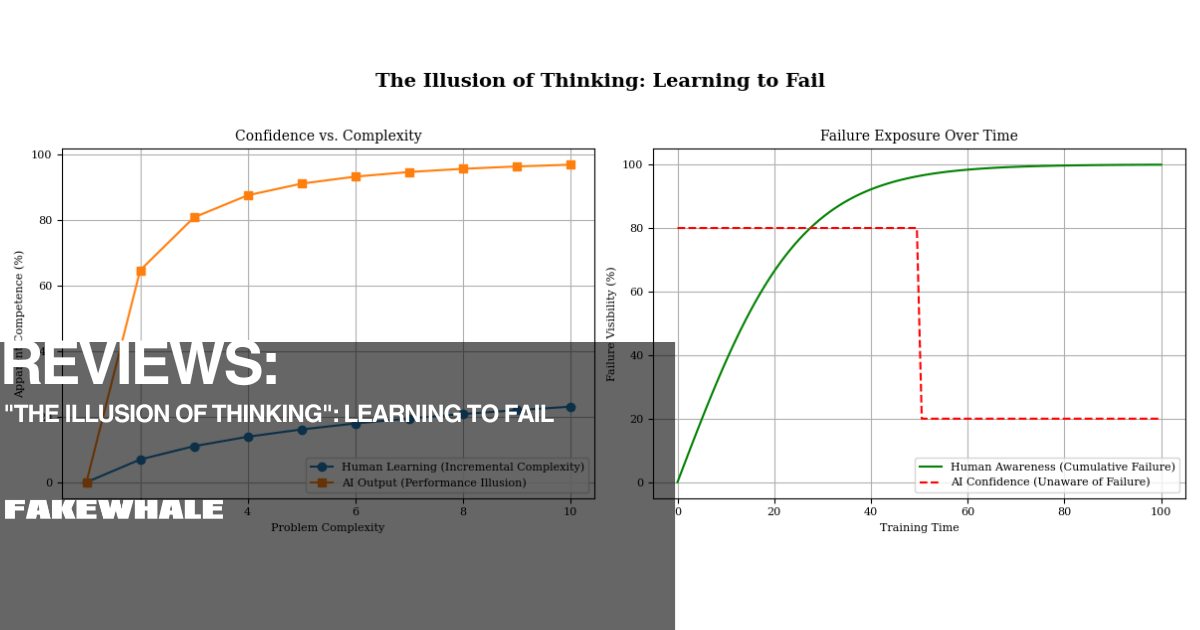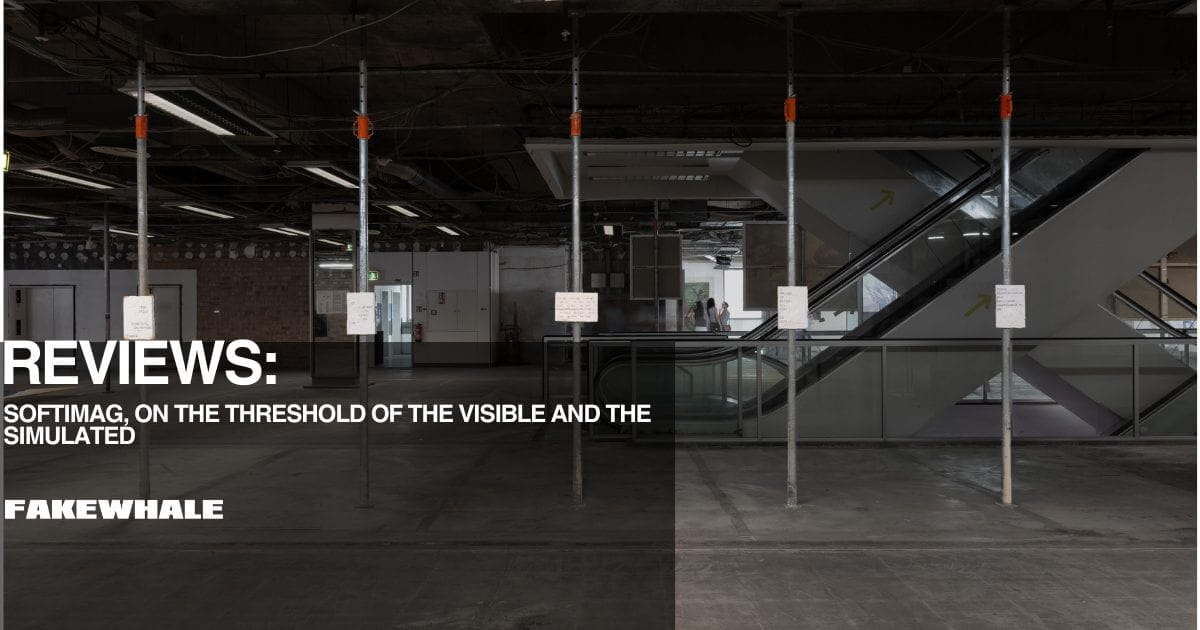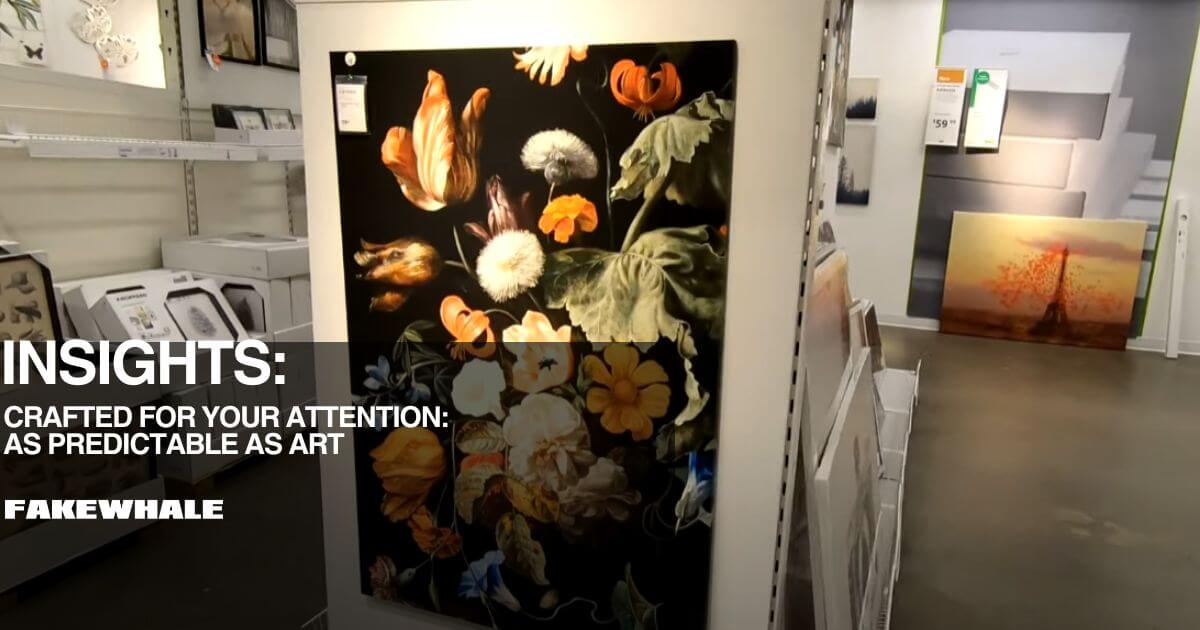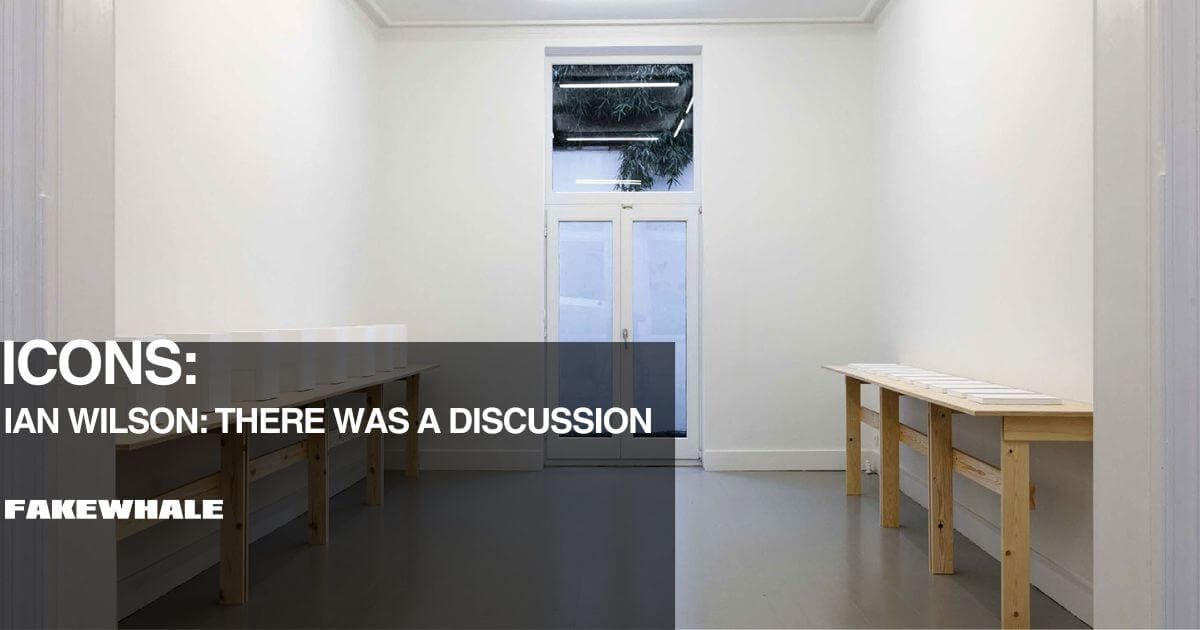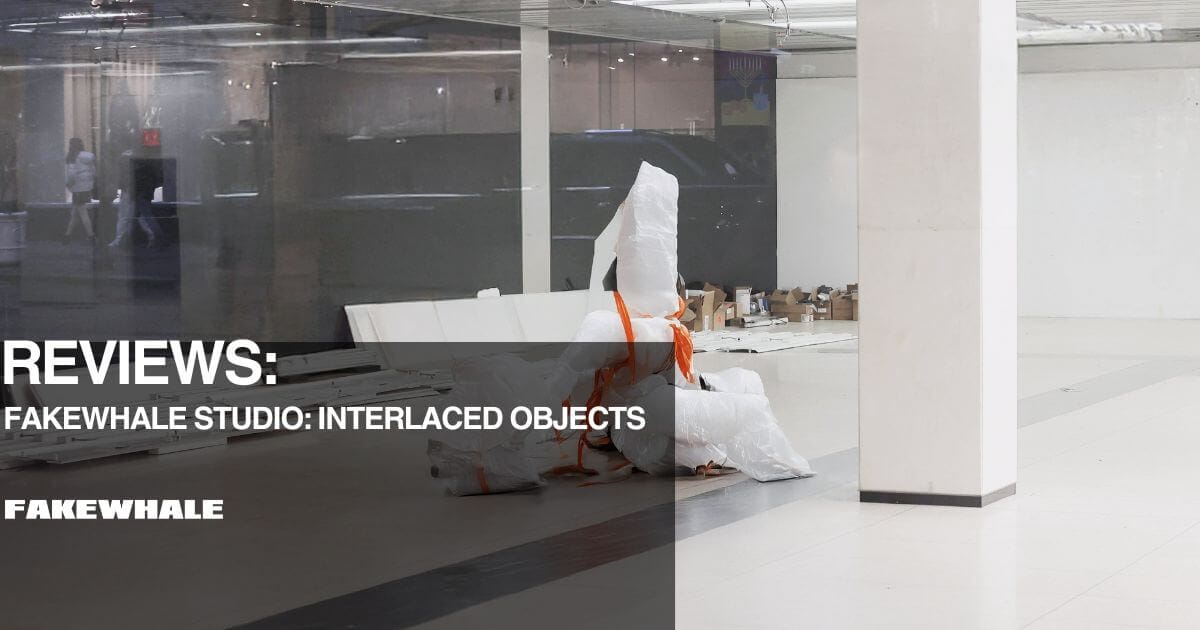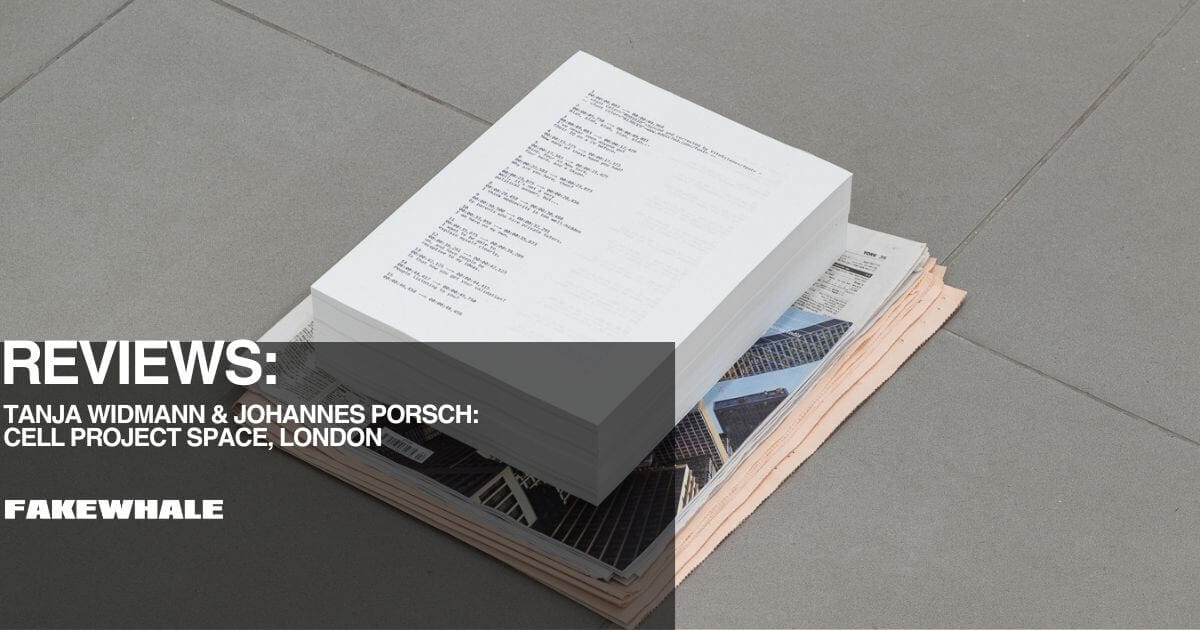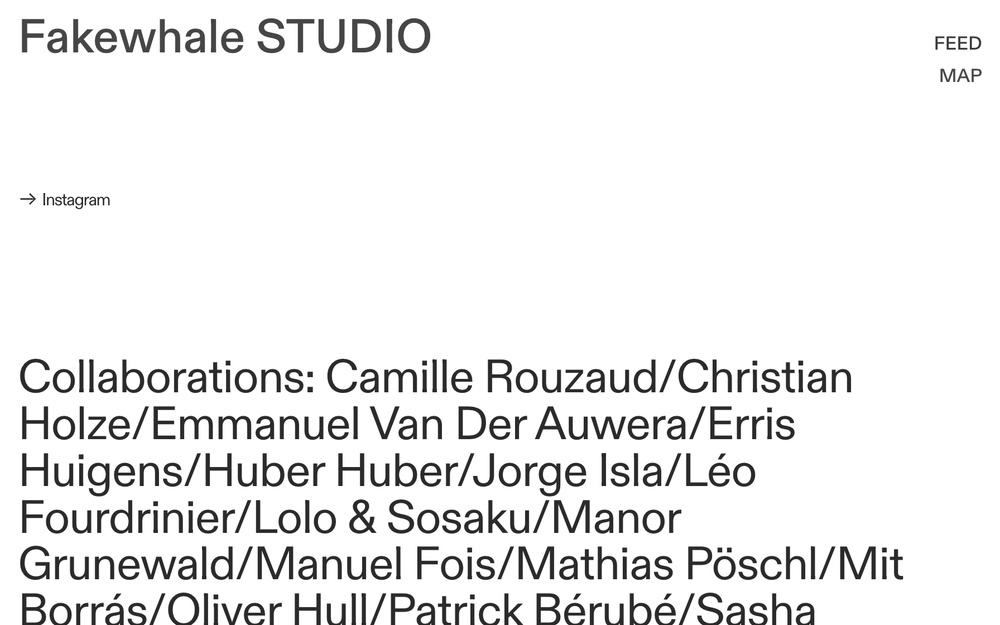
David Maljkovic – Sources in the Air (2013)
The work X is a hole,
not a mark,
not a symbol,
not a metaphor smoothed for public consumption,
a literal hole carved into the gallery’s load-bearing wall,
58 cm in diameter, sharp-edged,
no label, no guardrail, no polite justification.
This morning someone muttered:
“there’s no way it’s just a hole.”
As if absence required a footnote.
As if the void needed a capital-C Concept to be real.
I sat in front of it,
exactly six steps back,
and tried to understand whether I was looking into it
or being looked at by something through it.
The wall around it was trembling slightly.
A construction tremor, maybe.
Or a cognitive one.
(Impossible to tell where architecture ended and perception began.)
It reminded me of those old photographs of miniature nuclear tests,
where entire living rooms were built just to watch them collapse in silence.
And for a moment, the hole felt like the residue of an internal detonation.
Yes, a door,
but not one you walk through.
One you recognize.
A portal that doesn’t offer passage,
only the precise awareness that something could be missing.
When I stepped outside,
the light felt too complete.
It took several minutes
before I could return to being opaque.
INSIGHTS/ “The Illusion of Thinking”: Learning to Fail

Graph A (Line Chart): While human thought embraces failure as a structural path to complexity, artificial systems tend to simulate stability, collapsing precisely where true reasoning should begin.
A few days ago, we published “The Illusion of Thinking”, a speculative detournement of an Apple research paper on artificial reasoning. The operation was simple: we replaced the subject “AI” with “artwork,” revealing how the logic of simulation, optimization, and surface-level depth applies equally to certain modes of contemporary art-making. The resulting text was received not as parody, but as resonance. It gave language to an unease many had felt but not yet articulated, that some artworks, like some machines, no longer think. They perform the gesture of thinking. They appear to feel. But something beneath the surface remains inert.

In the days that followed, we encountered a different kind of response, one that did not stop at aesthetic simulation but pushed further, into the question of learning itself.
What if the real difference between machine and human, between artificial intelligence and artistic intelligence, is not one of output, but of failure?
What if complexity, in its deepest sense, cannot be generated by systems that are designed to succeed?
This article begins from that shift. (…)
CONTINUE READING ↓
REVIEWS/ Softimage, On the Threshold of the Visible and the Simulated
Stepping into Softimage felt like entering, do you know that moment?, an image still loading: nothing fully formed yet, which made everything seem possible. We found ourselves wondering, again and again as we moved through the show, what remains of an artwork when its edges dissolve, when the digital becomes flesh and the analog, a simulation. “Perspective,” an intentional title, functions more like a prism than a thesis: what we see is already layered, processed, interfered with. A slanting beam of light cast across a synthetic material reminded us of a Photoshop window made real. We weren’t looking for answers, but for the way these works frame their questions.
The exhibition design at CANK was restrained and unsentimental, welcoming us like an archive of ongoing experiments. Neutral, almost clinical lighting suspended the works in a perfect in-betweenness, each piece vibrating between presence and simulation. The flow of visitors was steady but never intrusive: everyone seemed to pause in quiet attention, as if in front of a machine whispering. (…)
CONTINUE READING ↓
REVIEWS/ MinOhrichar, Kahee Jeong, Dead Spot at Caption Seoul, Seoul
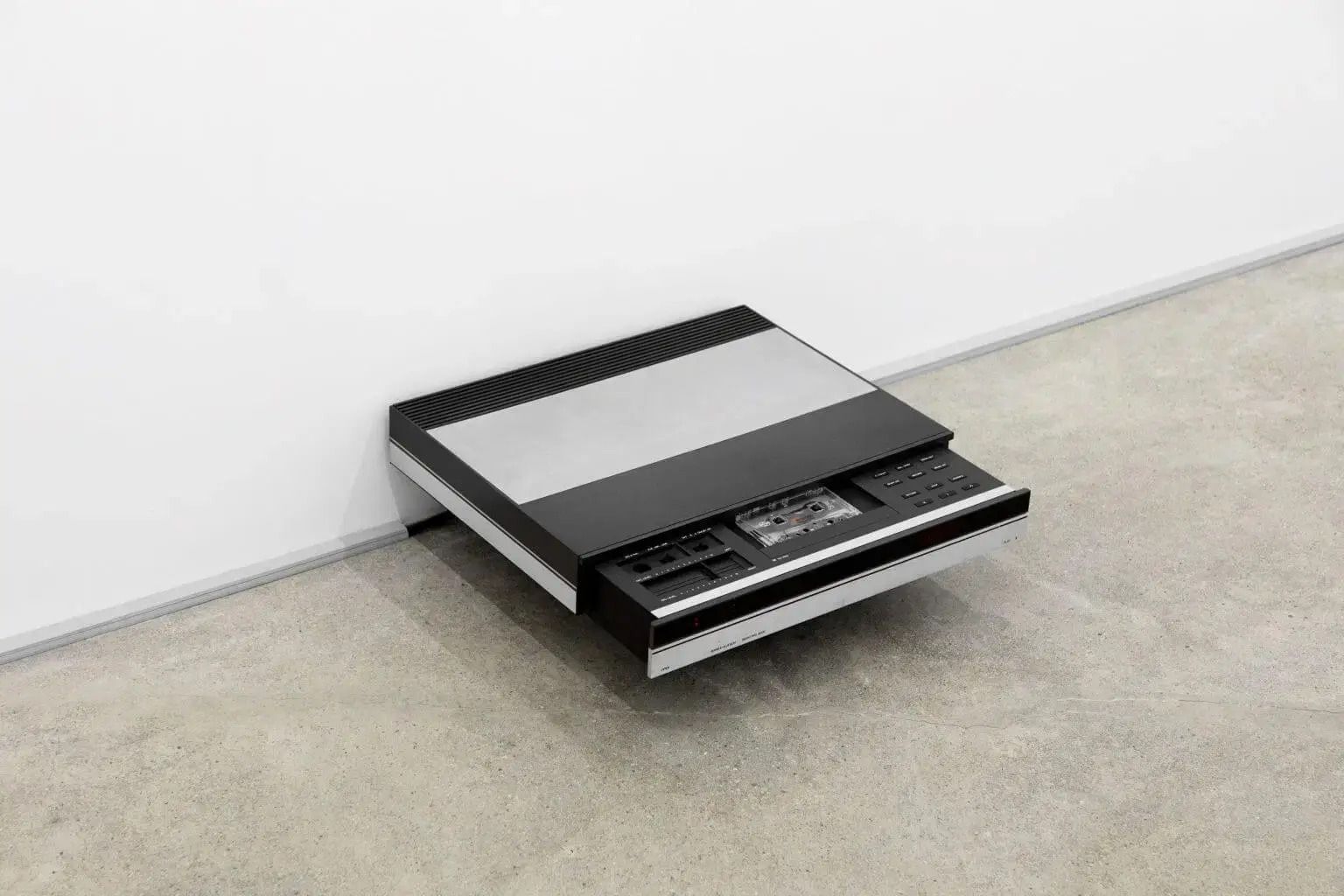
install shot. Works by Catinca Malaimare Scenography in collaboration with Amélie Mckee and Melle Nieling
There’s an artificial coolness that stings like ice. Stepping into the exhibition Dead Spot feels like entering a spiritual freezer, a space where the crisp air is so precise it sharpens our awareness of the heat buried beneath. We found ourselves wondering whether this chill, this composed stillness, might be the quiet face of a deeper pain, like homes that appear orderly only because no one truly lives in them anymore. Yet we live, fully, in these algorithmic silences. We exist beside faint signals, lost in the background hum of modern life, and though we’ve learned to ignore them, they keep calling to us. Han Munhee (Amo) invites us to pause exactly there, where no signal should reach: the dead spot.
The exhibition unfolds like a quiet echo in a space holding its breath. The lighting is cold, almost surgical, reminiscent of server rooms or hospital corridors. The environment induces a calibrated disorientation: visitors move slowly, unsure if they might disturb a fragile order. The works of Kahee Jeong and MinOhrichar don’t impose a path; they suggest one. This is a show without a climax. Each piece is a coded message, a probe sent into the void, hoping for contact. (…)
CONTINUE READING ↓
ICONS/ Seeing Yourself Seeing: James Turrell and the Politics of Perception

James Turrell «Aftershock» Installation view Copenhagen Contemporary, 2021 | © James Turrell | photo: Florian Holzherr
The first time one steps into a work by James Turrell, the effect is disarming. It might have been in 1993, during the exhibition Mapping Spaces at the Kunsthalle Basel, or perhaps at Afrum (White) (1966) exhibited at the Whitney. You walk into what seems like an empty room, quiet, dimly lit, and nothing in particular announces itself. Yet after a few moments, a strange transformation begins. Space thickens. Surfaces dissolve. Light ceases to be illumination and starts behaving like matter, tangible, architectural, charged with presence. You begin to feel not as though you’re looking at something, but as though you’re being looked at by the space itself. And in that subtle, precise disorientation, something shifts: you become acutely aware not just of the work, but of the very act of seeing. (…)
CONTINUE READING ↓
EXPLORE THE LATEST ARTICLES↓
INSIGHTS/ Crafted for Your Attention: As Predictable as Art
There’s something deeply alluring about predictability. It’s like a mental embrace, a kind of linguistic stillness that shields us from the unknown. Everyday communication rituals, “How are you?”, “Good, and you?”, aren’t meant to inform, but to affirm. They’re gestures of inclusion, cultural signals that say: We’re speaking the same code. Just like we laugh at a TikTok sketch not because it’s new, but because the gag is familiar.
The human mind isn’t built for the unknown, it’s an obsessive pattern-recognition machine. It wants to see what it’s seen before, to feel safe within familiar forms.
This same logic, subtly reactionary, seeps into the world of art as well, precisely where we’d expect openness, risk, and movement toward the unfamiliar. (…)
CONTINUE READING ↓
ICONS/ Ian Wilson: There Was a Discussion

Chalk Circle # 7, 1968 (Bykert Gallery, New York, 1968)
There was a time when conceptual artists roamed the art world. But some were more so than others. The idea that “conceptual” might be synonymous with “radical” is tempting, yet it leaves an open question: what does it truly mean to be radical, and how far can an artist really go? The story of Ian Wilson offers a compelling answer, a singular figure precisely because of his extreme decision to abandon all material forms of art, dedicating himself exclusively to conversation as his sole medium.

Invitation to a Discussion by Ian Wilson at the Van Abbemuseum, Eindhoven, 1983. Courtesy of Jan Mot, Brussels.
Wilson did not seek to comment on art through language; he sought to make language itself the art. No object, no documentation, no tangible proof of what had taken place, only the shared time of a dialogue, unrepeatable, which in the end was indistinguishable from the work itself. It was a gesture as radical as it was understated, a clean break from any convention of the market or the archive, and an implicit invitation to consider that art could exist without the comfort of an object to display or own. (…)
CONTINUE READING ↓
INSIGHTS/ Fakewhale Studio: INTERLACED OBJECTS

Installation view: INTERLACED OBJECTS, Fakewhale Studio, NEW YORK (SERVERS)
What remains of an artwork if not its reflection? And what happens when even that reflection is a mirage, fabricated by a machine? We’d love to say we were there, but this time that’s not possible. INTERLACED OBJECTS isn’t a physical exhibition, it’s a project. As you move through the photographic sequence conceived by Fakewhale Studio, you don’t cross a threshold, meet a guard, or breathe the dust of a real room. And yet, something stirs. Like the mute hiss of a city that’s lost its voice. The echo of a long-forgotten “For Rent” sign. The eloquent emptiness of a stripped window display.
This is where the exhibition begins, or rather, its ghost: in the urban landscape of New York, through the vacant storefronts photographed in December 2024 and reworked using AI to house this visual fiction. Fakewhale Studio builds its debut show from an absence: the disappearance of commercial space in New York, real estate frozen in anticipation of a future that never arrives. Within these urban interstices, documented with quiet tenacity, a narrative unfolds that at first masquerades as documentary but soon reveals itself as generative fiction. (…)
CONTINUE READING ↓
EXPLORE THE LATEST ARTICLES↓
That wraps this week’s issue of the Fakewhale Newsletter, be sure to check in for the next one for more insights into the Fakewhale ecosystem!
